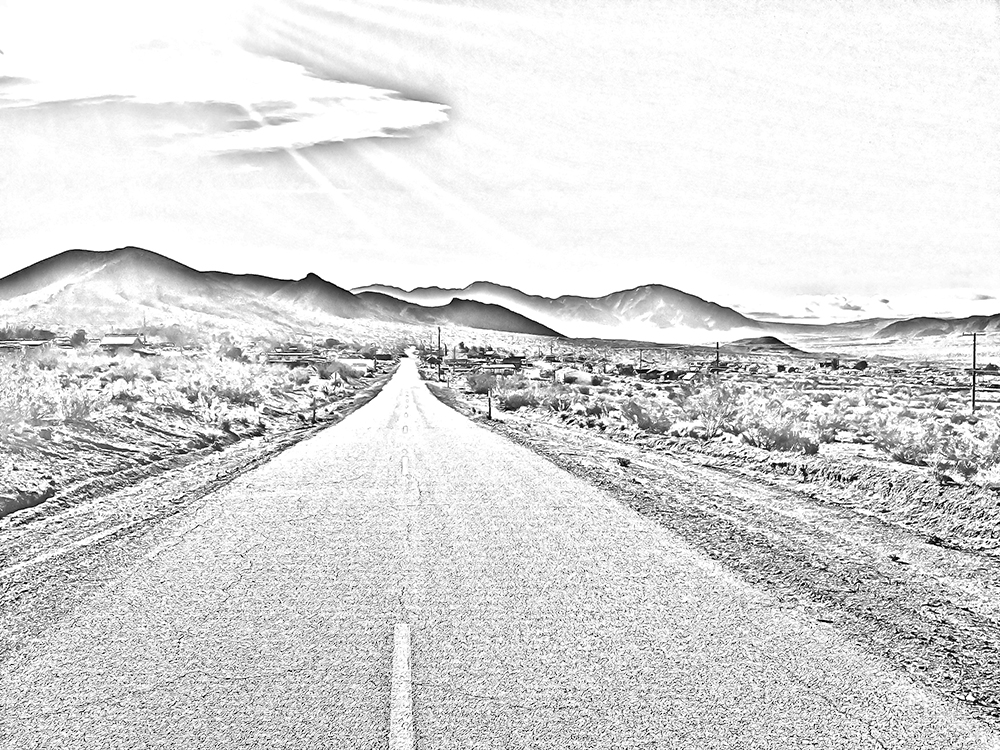Hi Tom,
Besides being an “old fossil” , my fossil hunting actually goes back to when I was a kid in Germany. My dads’ family house was near a small town and they had a nice piece of land with the old family house on it. The whole area around the house was crushed rock that was brought in to make an area that didn’t get muddy during rains. In among the pieces of rock there were crinoid fossils. I would sit for hours looking in the gravel for pieces with the rounded fossils in them. I had no idea what they were but I remember looking for them.
Never got into fossils in a big way either but knew a bit about them from my college days.
Didn’t get back to fossils until I moved where we are now. I was taking the dogs on morning walks and when I walked, I rarely slowed down, I have always had a fast pace when I am out and hiking. But, having to pee does make one stop and on one hike I stopped to pee and then always looked around and to my amazement, found a bone in a piece of rock just about a mile West of our house. If I had just found the bone I may not have noticed much but thought it was something a coyote had lost but in this case, the bone was par of the rock of the area, a white caliche like material. That got me looking and before long I saw little bone fragments all over the place.
Home again I researched this and got in touch with the University in Tucson. One of the guys there sent me a paper he had written on the fossil history of the San Pedro River Valley. It seems this area was a study area for major Universities from a few places back in the 1930’s and 40’s. They had found this area rich in mammal fossils from recent times to about 5 million years. I was hooked and started looking more and more. Found a bunch of things and was able to identify quite a few species in what I had come across.
Found all sorts of things of the mammal fossils from the area, including Camel, Mastadon, Rhino, Horse and many more. Fun stuff and I have a nice display in the shop/museum of the finds.
There are a number of much more ancient fossils also in the area and those stones I sent photos of are examples.
Lots of shell fossils in the area limestones too. One spot between Tombstone and Bisbee has wonderful layers and each one a different kind of shell life in it.
Never did get into fossils as I did minerals but it was fun to learn some of the history of the area.
One that was both mineral, fossil and lapidary material is Turitella, a fossil material from the West. I got some nice big pieces of it and did a few into jewelry, quite hard stuff. You may look into getting some for your cutting.
Here is a photo of the Turitella I did a cabachon of, neat stuff.

This is fossil Auricaria cone from Argentina, this piece a friend gave me to cut. This material is somewhat protected now by the Argentine govt. it was mostly smuggled out before.

This one is Stromatolite, a fossil algae, and quite ancient. Got some of this to cut from the Illinois friend.

My knowledge of fossils is not that good but I have had fun with the material I have come across.
I am sure you will come across some also in hunting rock. Petrified wood, or pet wood as we call it, is a good example.
Take care
Rolf



